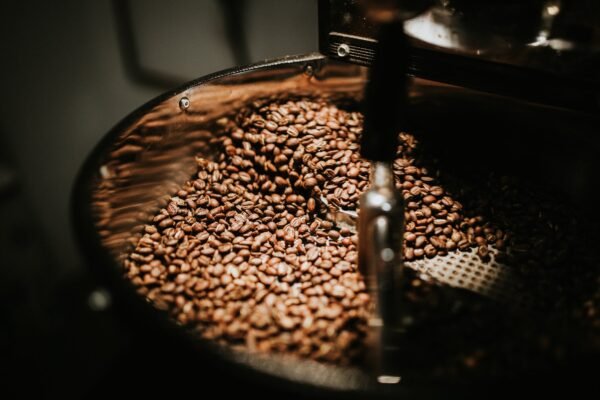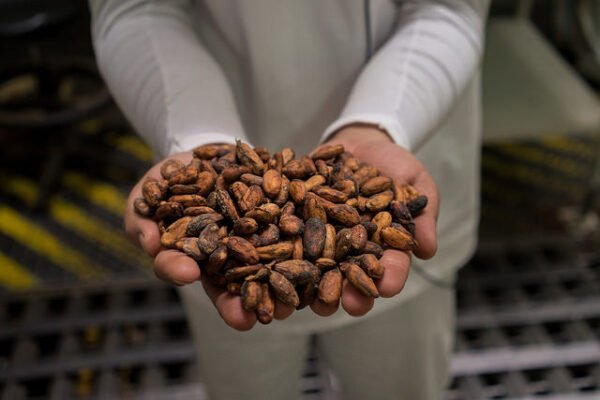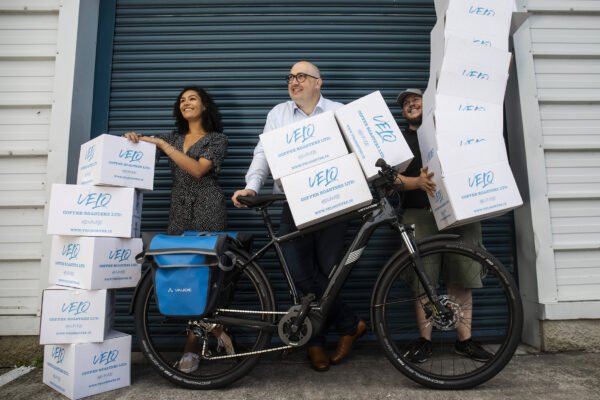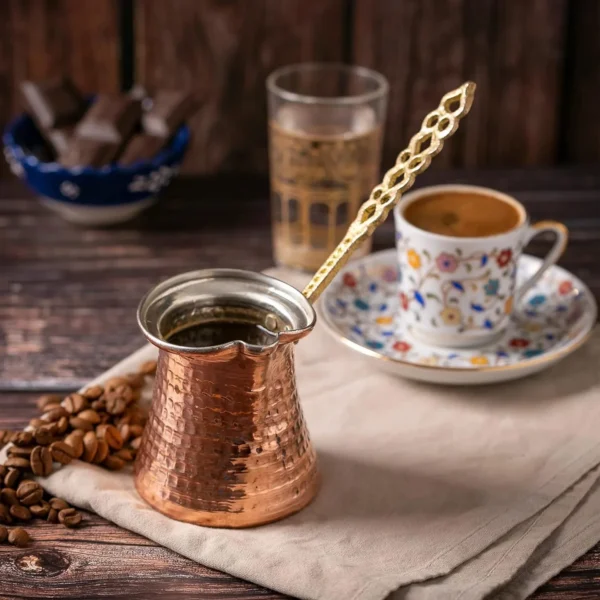
A Guide to Colombian Coffee

Colombia is the world’s third largest producer of coffee, so it makes sense that over the years, they have the process of growing and producing it down to a fine art. Thought to have been introduced to Colombia in 1723 by the Jesuits, it didn’t gain popularity until the close of the 19th Century, but by 1912, coffee beans made up half of Colombia’s total exports.
It’s still incredibly popular to this day: in 2020, the region produced 858,000 metric tons (1.89 billion pounds) of coffee, equivalent to 14.3 million 60-kilogram (132lbs) sacks. If you’re new to drinking Colombian coffee, here is our comprehensive guide, including a rundown of blends as well as the best single origin Colombian coffee you can get, so try it for yourself.
Growth and Processing
The main influences on coffee flavour are altitude, climate and soil (or “terroir”). While minerals in the soil can affect the taste of coffee beans, other factors such as temperature and humidity play an important part. The climate in Colombia is ideal for coffee growing, unlike drier, more arid regions.
Processing is another key element: pulp-natural or or “honey” processing strips the coffee fruit leaving a small layer of sweet pulp behind, while dry or natural processing allows the seed to soak in flavours from the skin and pulp as it dries in the sun, producing coffee with added richness (although improper dry processing can lead to unpleasant, muddy flavours).
Wet or washed processing is where the skin and pulp is removed completely. The coffee fruit is then soaked in water ready to be washed and fermented, resulting in a clean, slightly tangy taste.
Caffeine Levels
Arabica Colombian coffee doesn’t contain any more or less caffeine than coffees from elsewhere in the world. The exception to the rule is Robusta coffee, but this tends to originate from Western Sub-Saharan Africa and isn’t produced by Colombia to any significant degree.
Brewing Methods
To brew a Colombian coffee yourself, you can choose from a variety of French presses or drippers or other brewing methods: infusion brewed Colombian coffees are said to pair perfectly with milk. For a fruitier drink, a percolator can help bring out the lighter notes, and also work well with a Turkish cezve (or ibrik).
Tasting Notes
When we think of tasting notes, we tend to think of wine tastings and sommeliers, but other products such as chocolate and coffee can be surprisingly complex. Colombian coffee in particular tends to either contain light fruity or floral notes or heavier, richer nutty or chocolate notes, depending on where it’s grown. In some instances it can even have more unusual notes such as tomato.
Acidity
The nutty, chocolatey note tends to also appear in Brazilian coffee, but by comparison, Colombian coffee is relatively acidic. That’s not to say it’s bitter, but rather sour, in the sense that certain fruits might taste tangy.
When balanced evenly with a mix of sweetness and richness, this makes for a complex, enjoyable tasting experience – but as a long drink, rather than an espresso. Espressos tend to intensify flavours, which isn’t really necessary when drinking Colombian coffee, unless it’s an especially rich, chocolatey variety.
Beans, Blends and Single Origin Coffees

Both blends and single origin coffees have their own merits; neither one is better than the other. It comes down to personal preference. Here is our breakdown of some of the best blends and single origin Colombian coffees for you to savour.
Beans
Contrary to what some might think, Colombian coffee doesn’t have its own bean, nor does the term refer to a specific roast profile or method of brewing. Rather, it comes from a variety of beans grown throughout Colombia. All coffee grown in this region is of the arabica variety, which makes it highly sought-after.
Varietals
The term “varietal” is simply another word for “type” or “variety”, and in Colombia, the most common of these are Castillo, Caturra and Typical. However, in some places you can also find Geisha, Tabi, Marogogype, all produced at varying levels depending on the department they are grown in.
Blends
Coffee blends tend to be a blend of various coffees from different areas, but single blend coffee refers to coffee that is traceable to a single cooperative or farm. On some packets you might also see “supremo” and “excelso”, which refers to the size of the coffee bean used (this has no bearing on the quality or traceability of the coffee itself).
Blends are often made to create a unique flavour profile consisting of multiple bean varieties from different areas, the result can sometimes be underwhelming with poorer quality blends. They’re also a great way to produce a consistent product that can be widely distributed.
Single Origin

Single origin coffees are more of a wild card, with a different taste in every cup. Some of the most popular Colombian single origin coffees include Supremo, Huila, Medellin and Peaberry. Rather than being manufactured to taste the same each time, no two cups are the same, but you can get a sense for how they might taste depending on which department they originate from.
- Northern Departments: With lower altitudes and higher temperatures, these regions tend to produce full-bodied coffee with richness and depth.
- Central Departments: Locations along the “coffee belt” are known for well-balanced, mellow coffees with a touch of sweetness to them, typically accented by nutty or chocolatey notes.
- Southern Departments: This region tends to have higher levels of elevation, resulting in coffee with an intricate flavour profile, floral aromas and a slight edge given by the higher levels of acidity.
Roast Profiles
Blends can come in any number of varieties, but typically both single origins and blended coffees come as one of three profiles: light, medium or dark roast ( ignore any labels that say “Colombian roast”; there’s no such thing).
Colombian coffee comes in a variety of roast blends, ranging from Italian, to French, dark, medium or light. However, beware poor quality dark roasts intended to mask the flavour of poor-quality beans, as this can cause the coffee to taste bitter. As a general rule, the lighter the roast, the more acidity there is, and the darker the roast, the less complex the flavours are.
The flavours in dark roasts tend to be overwhelmed by the roasting process, leading to a more bitter, smokey taste, while medium and lighter roasts have more complexity to them. To taste-test yourself, using a tool such as the SCAA’s Flavour Wheel can help you to determine which flavours your palette picks up on.













































